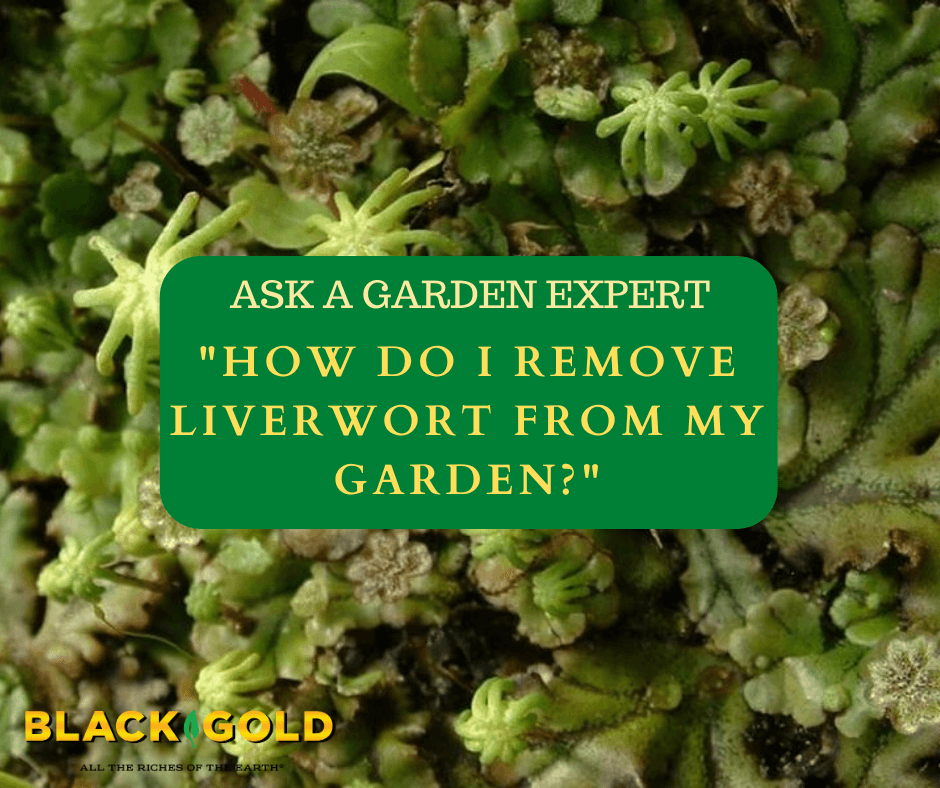
“Can I get rid of Liverwort by burying it in the ground?” Question from Russ of Berkley, California
Answer: It depends on the site’s soil, soil level, and moisture level. Admittedly, I kind of like the common liverwort (Marchantia polymorpha). Sorry! But, they’re kind of cool. The funny little non-vascular plants are close relatives of mosses and a sign of a very moist, shaded, nutrient-rich garden area. With that said, I dislike it when they grow in containers, so I understand why you don’t want them in your garden. Here are some different options for liverwort removal.
Change the Soil and Soil Level
The number one way of ridding liverwort from an area is to reduce moisture and fertility, increase soil drainage and aeration, and increase light if you can. (They can’t tolerate dryness or high sunlight.) You can do this by lifting your garden soil in the area where they are causing trouble and adding aggregate to the soil to improve drainage.
Replant With the Right Plants
Another option is to dig up the liverwort, lift the soil, and plant the area with garden plants for your area that will tolerate moisture and shade. Here are a couple of options.
Wood strawberry (Fragaria californica): The California native wood strawberry produces fruit, likes shade to partial shade and grows well in moist soils. It forms an edible groundcover, which might appeal to you.
Idyllwild rock flower (Heuchera hirsutissima): Here is an upland California wildflower that can tolerate moist and dry planting areas as well as partial shade, and it’s very pretty.
Pigsqueak (Bergenia crassifolia): Though it is not native, Bergenia is a pretty evergreen perennial for the shade that produces clusters of pink flowers in late winter and early spring. It likes moist, well-drained soil.
Click here for lots more shade plant options from the California Native Plant Society.
Use Non-Toxic Chemical Methods of Removal
There are approved liverwort controls that contain vinegar, and apparently, they are very effective. (Click here for more information.) I also recommend that you click here to read an excellent overview of liverwort control in greenhouses from Oregon State University. It covers cultural controls as well as chemical ones.
I hope that these liverwort management tips help!
Happy gardening,
Jessie Keith
Black Gold Horticulturist

